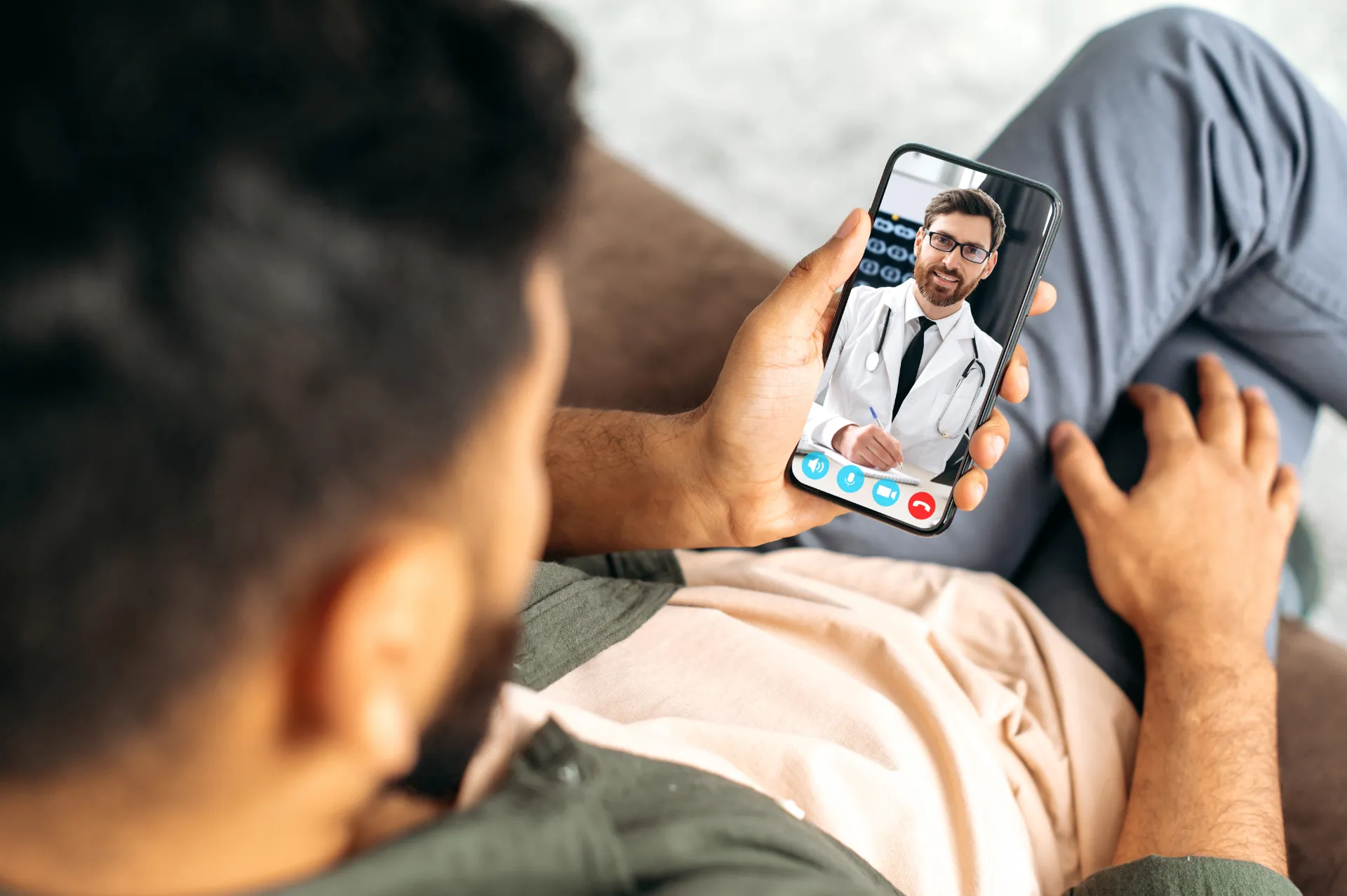The global health landscape is undeniably changing. A quick glimpse at the numbers tells the story clearly. According to a report from the World Health Organization, almost 58% of WHO member states now report having eHealth (electronic health) strategies in place. A striking testament to the rapid rise of telemedicine and remote healthcare services.
However, the emergence of digital health services has illuminated a daunting issue: the digital divide. The divide represents a gap between individuals who have access to modern information and communication technology and those who do not. It creates disparities in access to remote healthcare services, a concern that needs to be urgently addressed.

Bridging the Digital Divide: Why It Matters
Ensuring equitable access to healthcare services is a fundamental principle of quality healthcare. This principle must extend to the digital health sphere. The pandemic has significantly accelerated the adoption of remote healthcare services. Telehealth and other digital health tools have proven essential in providing necessary health services while minimizing the risk of virus transmission. However, not everyone has been able to benefit from these advances equally. Individuals in rural areas, older adults, and those with low socioeconomic status often face barriers in accessing digital health services.
As remote healthcare becomes increasingly integral to health systems globally, addressing the digital divide is crucial to ensuring that everyone can access the care they need.
Understanding the Barriers
To effectively bridge the digital divide in remote healthcare services, we must first understand the barriers. They include:
Lack of Internet Access
In numerous regions, reliable internet service remains a distant dream, especially in rural, remote, or underserved communities. The ubiquity of telehealth services heightens this disparity as those without stable internet are left in the lurch. This digital divide drastically limits their ability to tap into critical remote healthcare services.
Digital Literacy
The pivot to digital health necessitates a degree of familiarity with digital tools. However, this may be lacking, particularly among older adults. This demographic, often unacquainted with digital platforms, encounters a steep learning curve, impeding their access to remote healthcare services.
Affordability
Despite potential internet availability, not everyone can bear the costs of necessary digital devices or suitable internet plans. This financial constraint further exacerbates the digital divide, leaving certain populations underserved in the realm of remote healthcare services.

Strategies for Bridging the Divide
Addressing the digital divide in remote healthcare services requires concerted efforts from governments, healthcare providers, and private organizations.
Improve Infrastructure
To address the digital divide, governments must prioritize improving internet infrastructure, especially in rural and underserved areas. This includes expanding broadband access and ensuring that internet service is not only available but also affordable for all individuals. Investing in the necessary infrastructure and policies can help bridge the gap, enabling more people to access remote healthcare services and reap the benefits of digital health.
Increase Digital Literacy
In addition to infrastructure improvements, increasing digital literacy plays a crucial role in bridging the digital divide. Healthcare providers and community organizations have a unique opportunity to contribute to this effort. By offering education and training programs, they can help individuals learn how to effectively use digital health tools. These programs can cover topics such as navigating healthcare apps, understanding privacy and security measures, and utilizing telemedicine services. By empowering individuals with the necessary digital skills, we can ensure that everyone has equal opportunities to engage with and benefit from remote healthcare services.
Leverage Medical Outsourcing
To bridge the digital divide, healthcare organizations can collaborate with companies specializing in medical outsourcing. These service providers are equipped with high-speed internet connections and state-of-the-art digital tools. Their service model allows them to extend telemedicine services to areas where digital health access may be limited. As a result, these collaborations can ensure the effective delivery of remote healthcare services to a broader audience.
Implement Patient-Centric Design
Digital health tools should be designed with the end-user in mind. This entails creating platforms that are intuitive and user-friendly, catering to individuals with varying levels of digital literacy. By prioritizing simplicity and ease of navigation, even those with limited digital skills can comfortably engage with and benefit from these tools, fostering inclusivity in the digital healthcare landscape.

Promoting Digital Equity through Policy and Advocacy
Promoting digital equity through policy and advocacy is vital to address the digital divide in remote healthcare services. Governments, healthcare organizations, and advocacy groups have a crucial role in shaping policies. As well as implementing subsidies, improving infrastructure, and advocating for educational programs to enhance digital health literacy.
By working together, we can ensure that individuals from underserved communities have affordable access to digital devices and internet services, prioritize broadband development in rural areas, and bridge the gap in internet access. Collaboration between healthcare organizations and advocacy groups can raise awareness about the importance of digital health literacy, and promote the availability of educational resources. Through these collective efforts, we can create a supportive ecosystem that enables equitable access to remote healthcare services.
Moving Forward
As we continue to navigate the new reality of digital healthcare, we must strive to ensure that everyone, regardless of their location or socioeconomic status, can access the care they need. Bridging the digital divide in remote healthcare services is not an easy task, but it is crucial to achieving health equity. It’s an endeavor that requires collaboration, investment, and a steadfast commitment to ensuring that digital health serves everyone, not just a privileged few.



